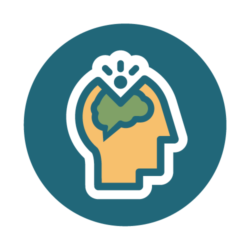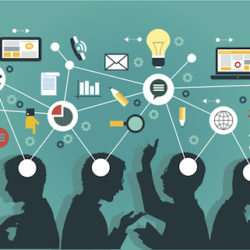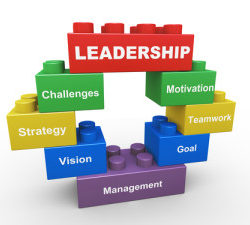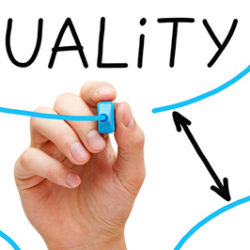Plan Thoughtfully. Design Intentionally. Work Efficiently. Learn Continuously.
Tools are Just Tools In our first years, The IllumiLab’s work was focused almost exclusively on building tools nonprofits could use to measure their performance (logic models, measures, data collection tools, performance management plans, etc.). This was the pain point organizations experienced, and this was the service they requested. But we soon realized that without[…]









